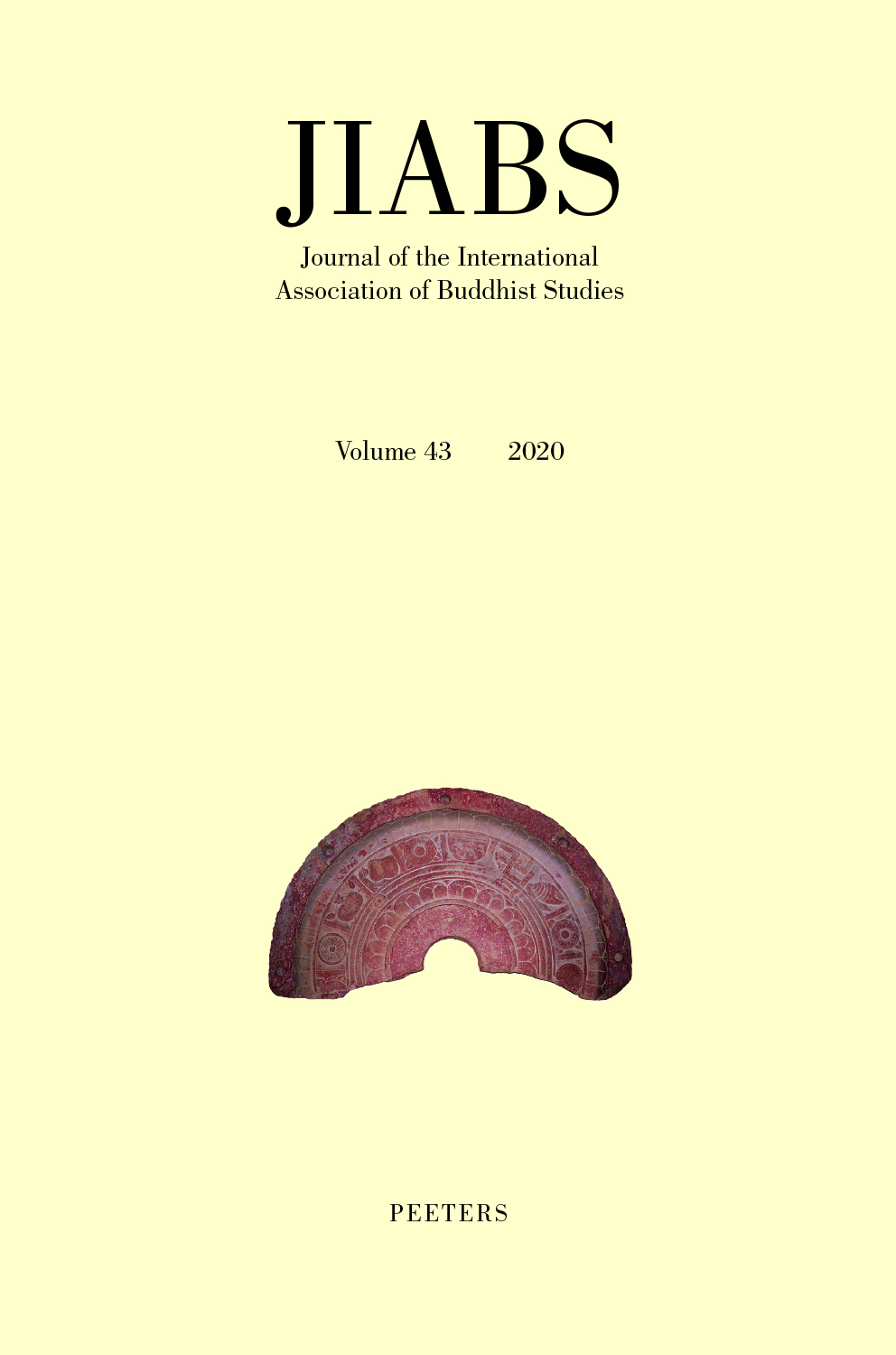 previous article in this issue previous article in this issue | next article in this issue  |

Preview first page |
Document Details : Title: Different Moon Same Finger? Subtitle: Tsong-kha-pa and Mi-pham's Application of Dharmakīrti's pramāṇa Theory for Meditating on Emptiness Author(s): FISHER, Jacob Journal: Journal of the International Association of Buddhist Studies Volume: 46 Date: 2023 Pages: 177-207 DOI: 10.2143/JIABS.46.0.3293162 Abstract : For the Mādhyamika, one may assume that the dialectical and contemplative approaches to the realisation of emptiness are a happy union. A clear and defendable presentation of reality and the epistemic tools required for its realisation, it is often argued, will aid meditative training. This paper examines Tsongkhapa (Tsong-kha-pa, 1357-1419) and Mipham Gyatso’s (Mi-pham rgya-mtsho, 1846-1912) use of Dharmakīrti’s pramāṇa theory for analytical meditation on emptiness. From their distinct readings of Madhyamaka, Mipham and Tsongkhapa do appear to disagree about the nature of emptiness. However, both follow Dharmakīrti’s analytical and gradual approach to generating a pramāṇa realising ultimate truth, and the defining characteristics of pramāṇa in general, and specifically yogic direct perception. This paper highlights that although these authors disagree about the nature of the ultimate in philosophical terms, they are surprisingly uniform in terms of their practical instructions on how to gradually realise it. Noteworthy is that both underscore the importance of unifying the realisations of emptiness and dependent arising through nearly indistinguishable analytical contemplations, and, at the point of meditative equipoise on emptiness (as long as the certainty has not waned) one no longer need conceptually affirm nor negate anything. As such, it is suggested that despite more surface-level distinctions, perhaps in the final analysis their views of emptiness are not all that different. |
 |


